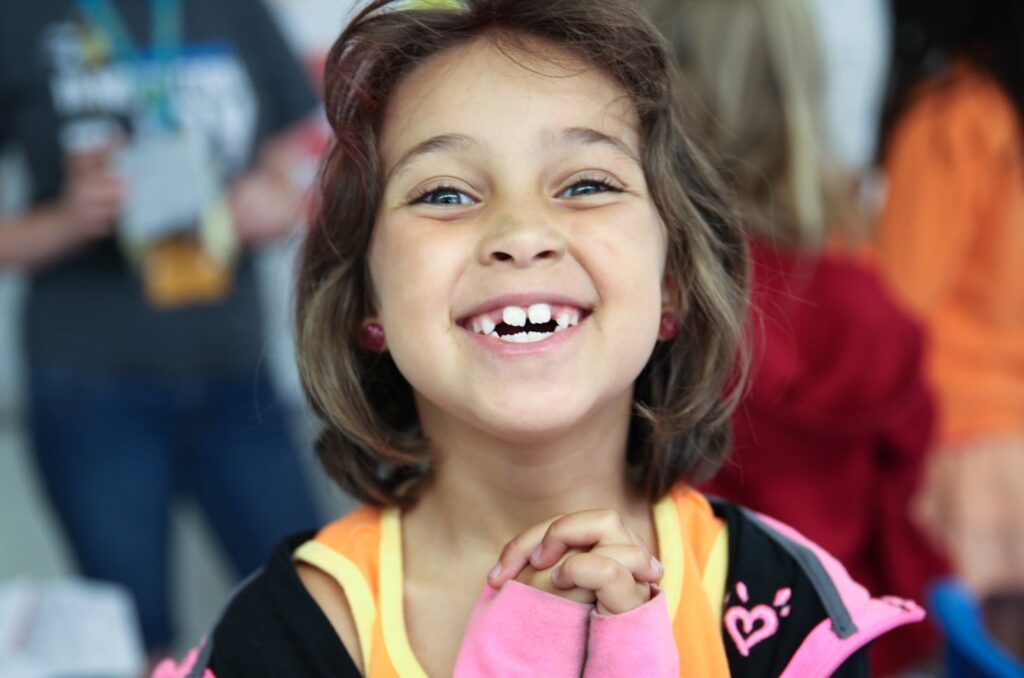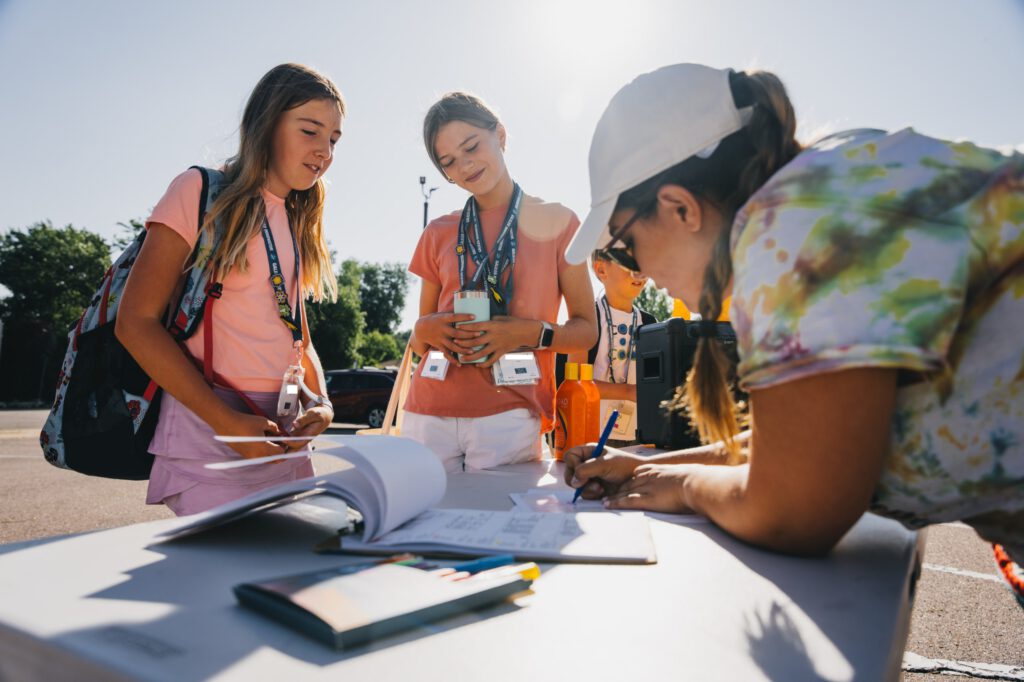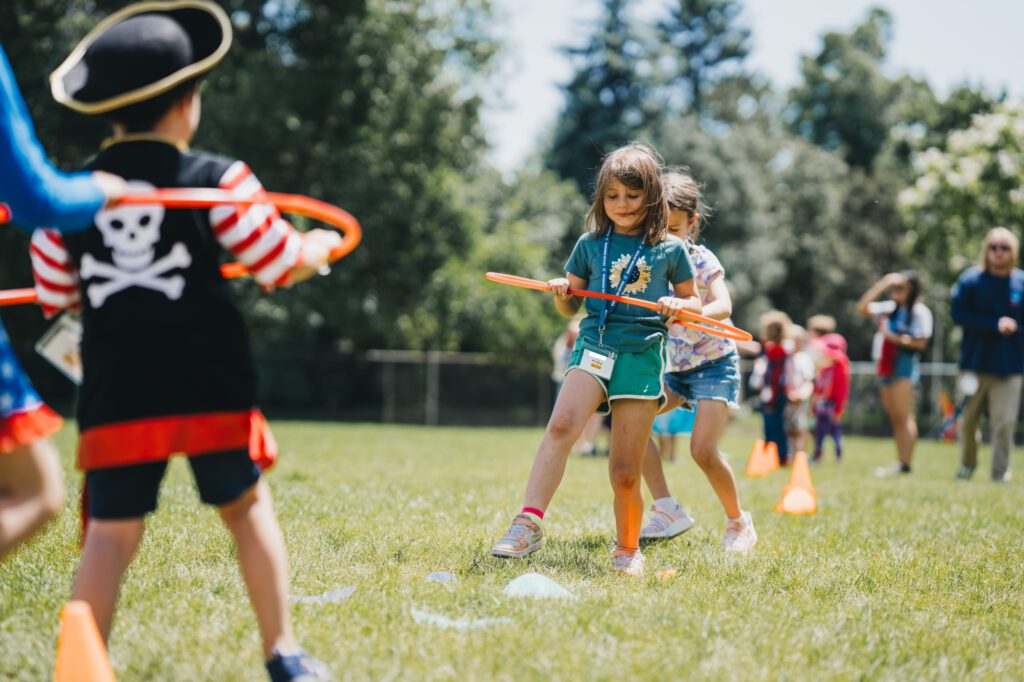Kids are born curious. They wonder about everything and ask a lot of questions—some of which you may find a challenge to answer! These pre-school years before formal education are also a period of rapid brain development, during which the foundation for future learning, behavior, and health is constructed. A perfect time to harness curiosity and channel it into scientific discovery of the world around them.
By providing plenty of fun hands-on activities that capture children’s curiosity and engage the senses, parents can challenge kids to learn through play. Creating simple experiments for preschoolers will encourage their sense of wonder and build a strong foundation for innovative thinking.
Think Like a Scientist
A meaningful science experience for preschool kids can begin quite simply with a walk outside, a bath, or a trip to the kitchen for a snack. These informal settings provide great opportunities for discovery and creative thinking. As kids inquire into the world around them, discoveries should unfold for them, guided by the caring adults in their lives. These process skills will help them think like scientists.
Observing
Anyone can make observations, no matter their age. These are simply expressions of how something looks, sounds, feels, smells, or tastes. Start with phenomena in your environment. Encourage adjectives as you have your kids describe common items. For example, a tennis ball is round, bouncy, felted, neon yellow, etc.
Communicating
Young kids are very open to learning and take pride in using the real terms for objects, living things, and places around them. Don’t shy away from using more complex words to describe things. For example, the next time your kid gets a bump or bruise at the playground, don’t be afraid to teach them the names of the bones in the toe they stubbed or the knee they scraped.
Classifying & Sorting
Encourage kids to make connections between people, places, and objects based on observable characteristics. Choose two descriptive terms and prompt kids to sort objects into categories, such as salty and sweet or smooth and rough.
Measuring
Give preschoolers practice measuring with simple devices, like rulers or measuring cups, as well as non-traditional benchmarks (think paper clips, blocks, their shoes…). Help them line up their benchmarking devices, then count how many are needed to reach across the item being measured.
Inferring
Kids can conclude why something happened based on their observations. This helps kids tap into their prior knowledge and understand cause and effect.
Predicting
Ask kids to think about what they already know and tell what will happen next. For example, a child might predict that if they put a ball at the top of a hill, the ball will roll down the hill.
Conduct Simple Experiments
After you’ve helped your kids practice these scientific processing skills, you can then help put them into action via experimentation. An experiment involves a series of steps to test a hypothesis.
If you’re new to the experimentation scene, here are some tips to help you get started.
- Take your cues from your kids’ questions and interests, letting them drive the investigation.
- Consider and talk about safety, as there may be dangers inherent in science experiments.
- Start with a question: “What will happen if—? Which one—? What if we—?” Have kids make a prediction and then test the hypothesis.
- Gather your data, discuss the results, and draw a conclusion.
- Help kids visualize the results. Consider working together to document the process with a phone camera or helping them create a simple pictograph or bar graph of the results.
Easy Experiment Ideas
Sink or float?
Have kids predict whether common household items will sink or float. Then collect data on a simple graph. Look back and talk about what happened. Ask kids what to test next time.
What do plants need?
Help kids make a prediction about the conditions needed for plants to grow, then test their hypothesis. Use a simple chart to track growth; have kids measure and draw their results.
Is it attracted to a magnet?
Gather a variety of small objects and a magnet; ask kids to predict which items will be attracted to the magnet. Sort them into separate piles and record the results with a photo.
Why do apples turn brown?
Secure an apple, a lemon, and a knife. Cut the apple in half, then the lemon. Talk with kids about what happens to an apple when we cut or bite it. Rub one half of the apple with the juice from the lemon and allow both halves to sit exposed to the air. As kids observe that the apple not rubbed with lemon has turned brown, explain that oxygen in the air caused the apple to change. The lemon juice slowed this reaction on the other side.
Cars and ramps
Use cardboard or wood to create a ramp for toy cars. Have kids predict what will happen if they increase or decrease the slope or add friction with sandpaper or terry cloth.
—
Ready for more? Check out the creativity-sparking, grit-building projects and classes at Camp Galileo Anywhere.



